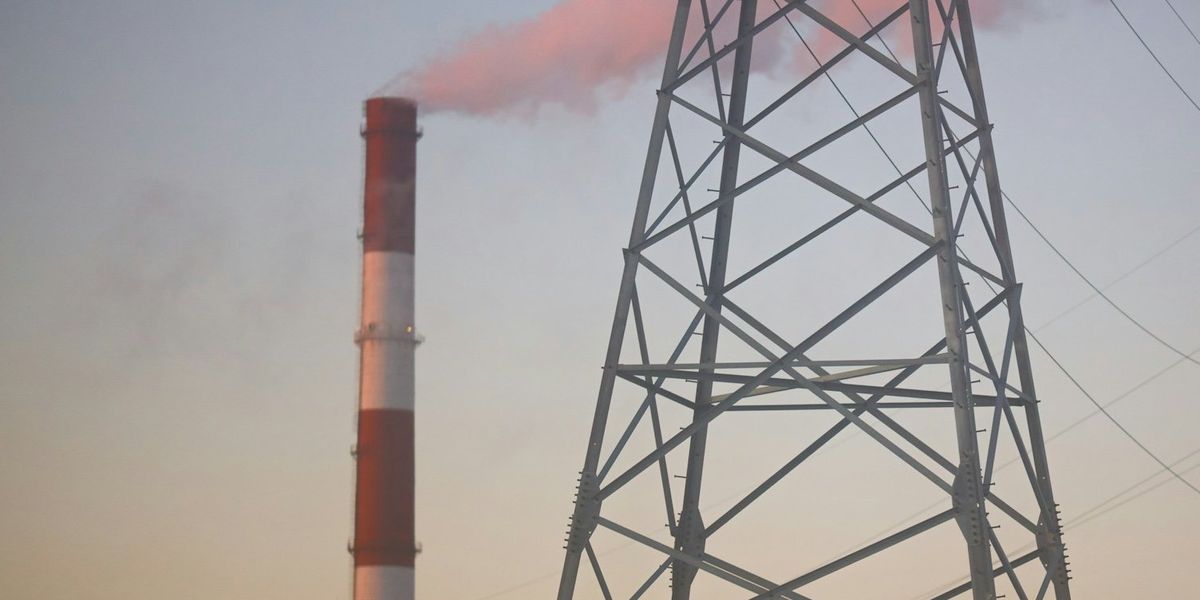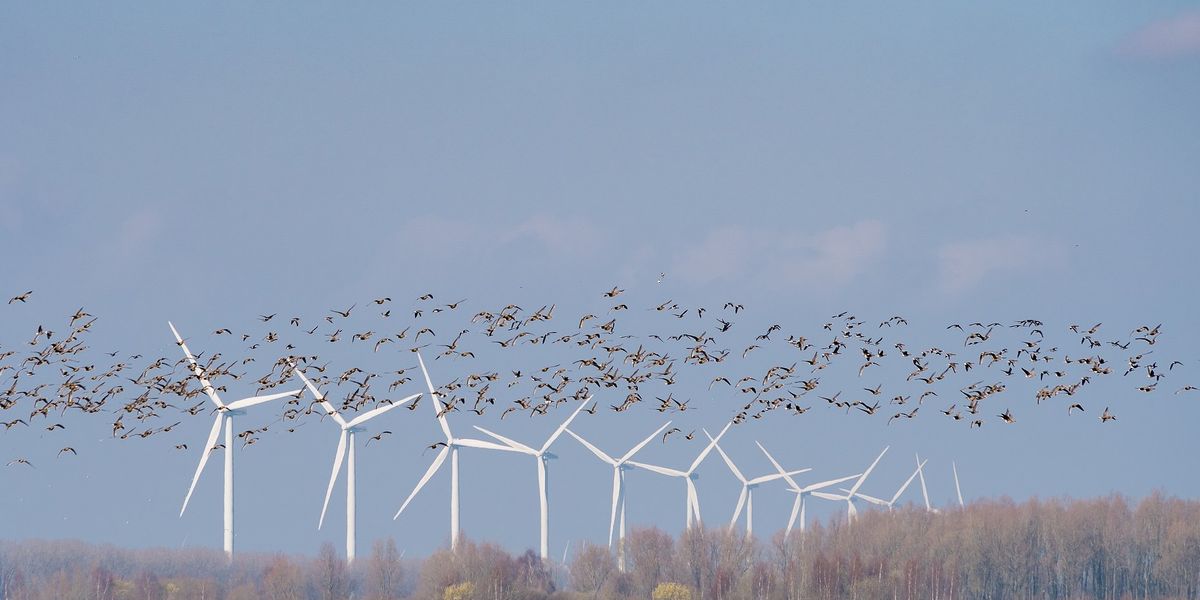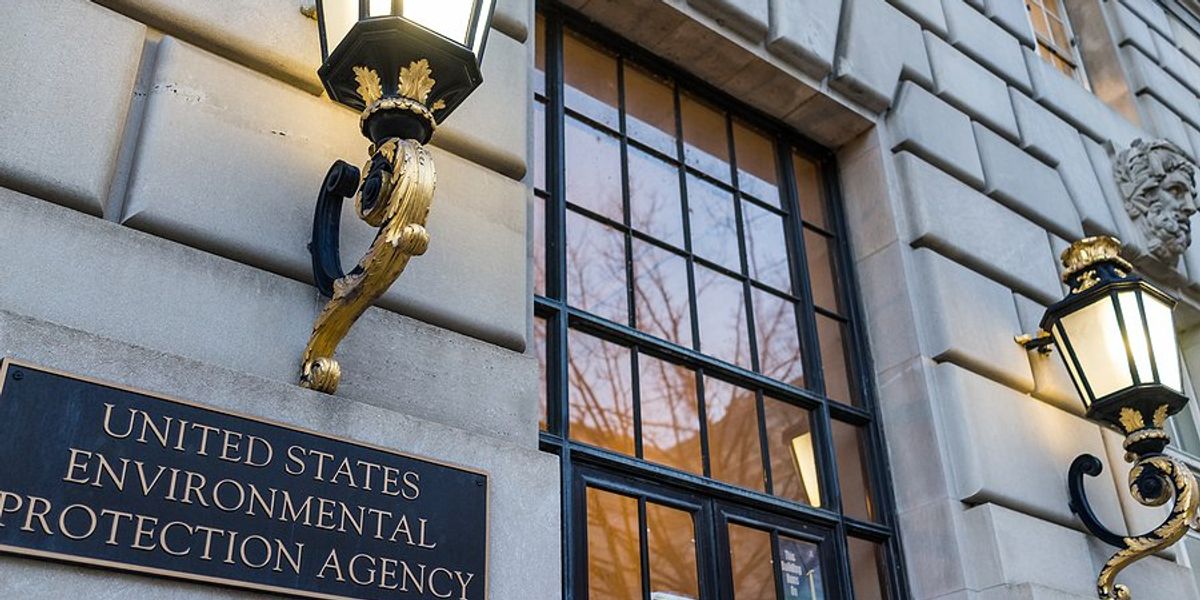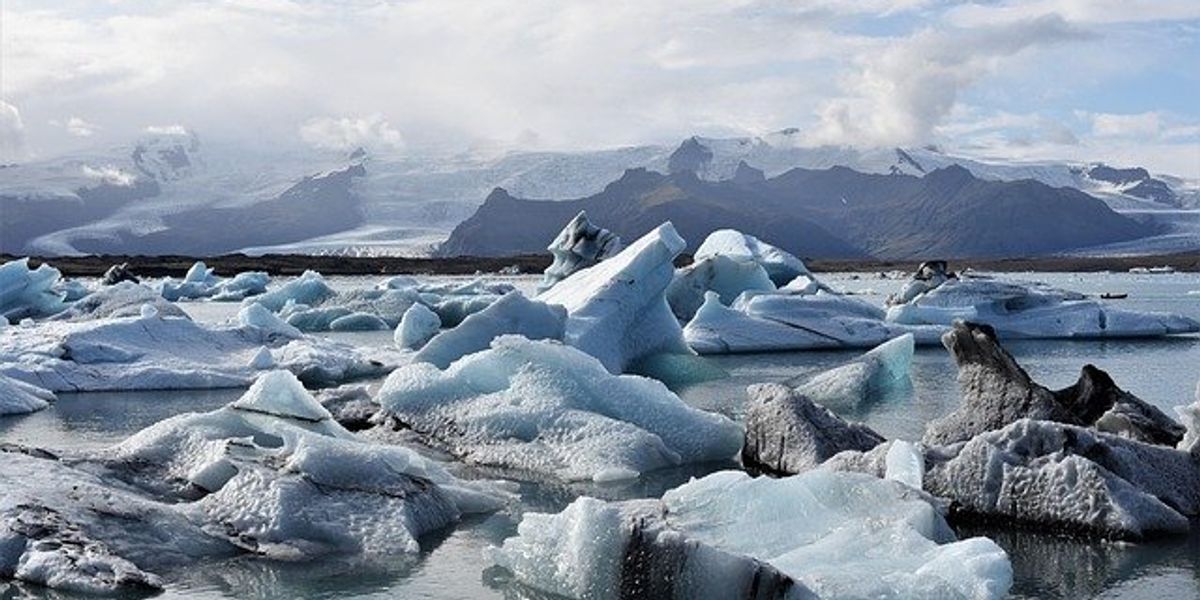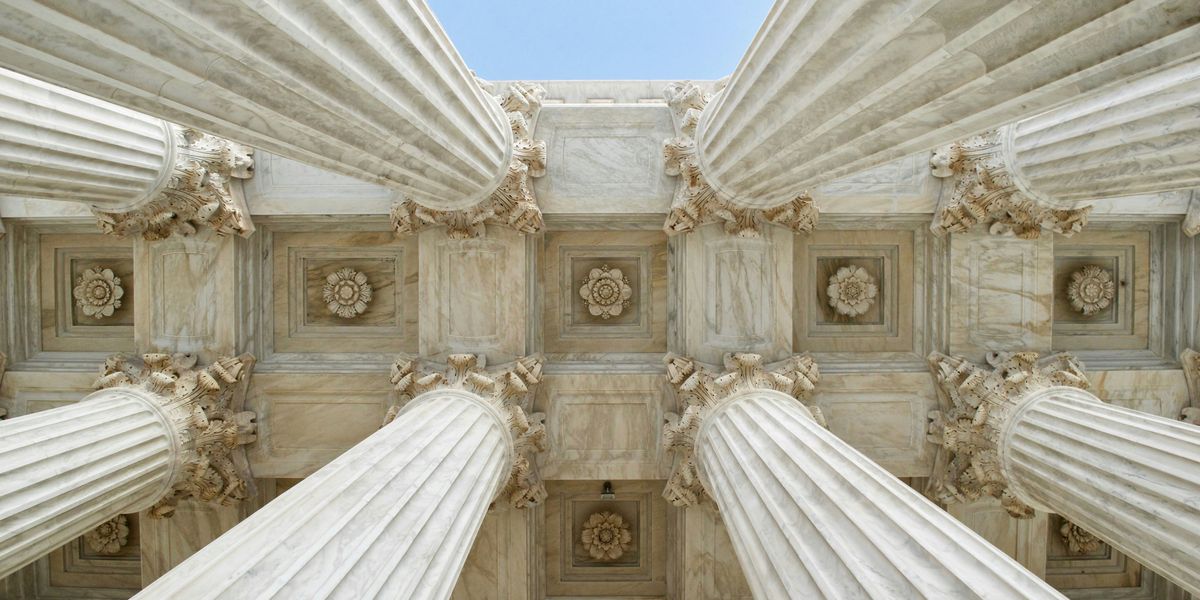
US Supreme Court weighs limits on nationwide court orders affecting climate and energy policy
A pending U.S. Supreme Court ruling could reshape the power of federal judges to block government actions nationwide, potentially altering how future climate and energy programs are challenged in court.
Niina H. Farah and Lesley Clark report for E&E News.
In short:
- The Trump administration is urging the Supreme Court to curtail the use of universal injunctions, arguing they allow single judges to block national policies, including efforts to halt federal climate spending.
- Legal scholars and some justices question the administration’s proposed alternative — class-action suits — saying they are harder to obtain and may not provide timely relief.
- Republican lawmakers are pushing legislation to restrict lower court powers, while critics argue such moves aim to shield potentially unlawful executive actions from oversight.
Key quote:
“There are lots of obstacles that can be put in the way of getting a case approved by a court as a class action. And the solicitor general, when pressed, was very much aware of those [obstacles].— Suzette Malveaux, a law professor at Washington and Lee University
Why this matters:
Universal injunctions have become a powerful check on executive authority, especially on sweeping regulatory and environmental actions. In recent years, they’ve been used to preserve billions in federal climate funding and enforce environmental protections. Restricting these injunctions could make it harder for citizens, states, or organizations to block harmful policies before damage is done — especially in areas like public health, energy infrastructure, or environmental enforcement. With one judge able to affect national policy, the stakes of limiting that authority are high, and the outcome could shift how fast and broadly new rules — sound or not — take effect.
Related: Judge halts Trump administration attempt to block Manhattan congestion toll

